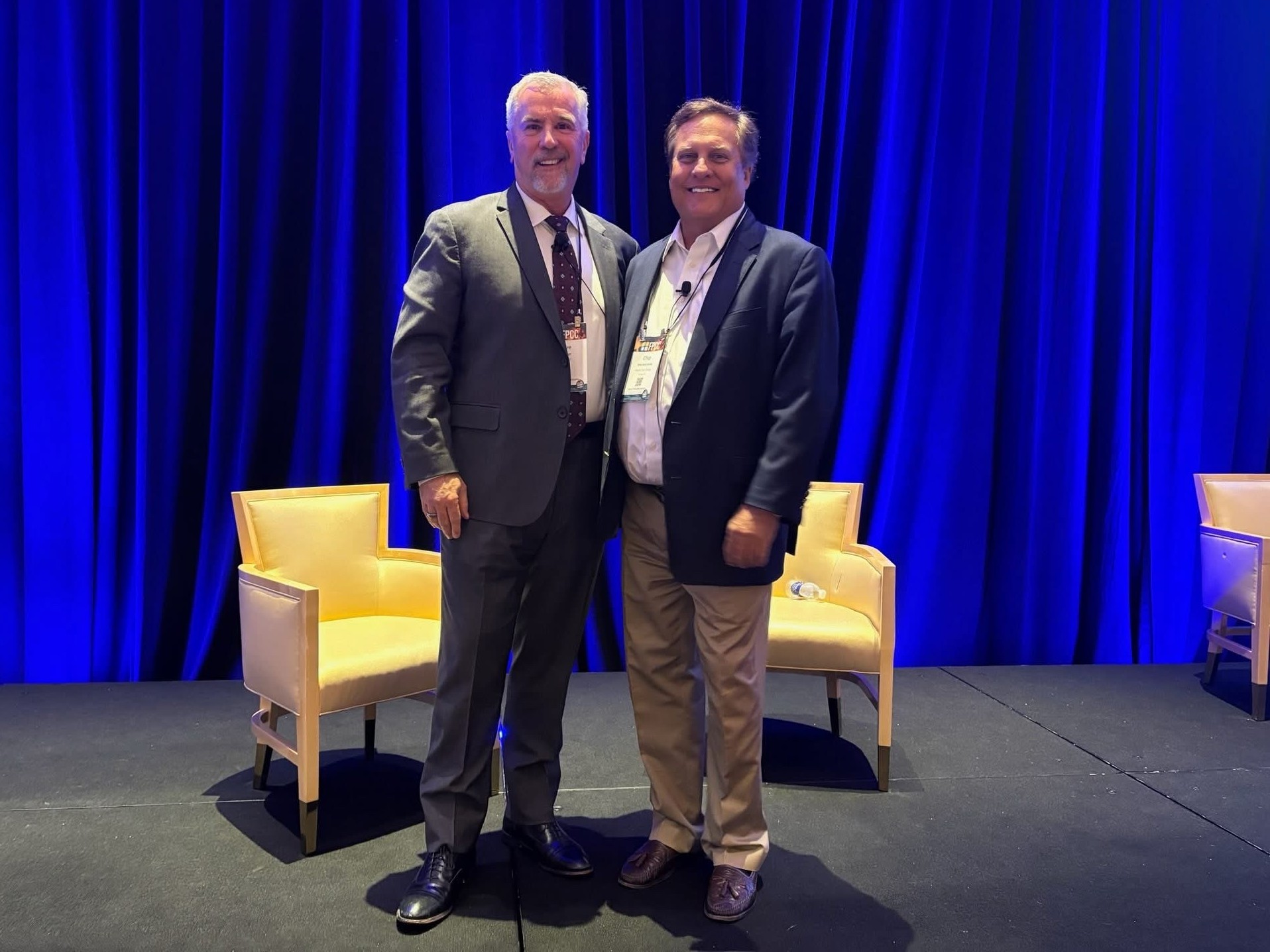Kenneth S. Klein is a Professor of Law at California Western School of Law in San Diego. In recent years, Professor Klein’s research has focused on how issues of available, adequate, and affordable homeowner insurance are exposed and exacerbated by natural disasters and what can be done to address these problems. Professor Klein’s research has revealed that most homeowners are underinsured, with error rates in algorithm-generated reconstruction cost estimates at the point of sale being significant and typically low.
In a significant paper published by the Connecticut Insurance Law Journal, The Unnatural Disaster of Insurance, Underinsurance, and Natural Disasters, 1 Klein’s research found the following:
MAJOR CONCLUSION 1: Point-of-sale estimates of the cost of reconstruction, even in the absence of a catastrophe-caused loss, underestimate the cost of reconstruction at least three-quarters of the time and when underestimates occur, they are, on average, at least one-third too low. If the loss occurs because of a catastrophe, then the frequency and depth of underinsurance is worse.
I was thinking about Klein’s work while reading Dan Veroff’s post, California Enters Wildfire Season Early and in the Midst of an Availability and Affordability Crisis, and thinking about my own experiences where major catastrophes have resulted in a significant amount of total losses. In the vast majority of situations, my clients were always underinsured for real property limits. Hurricane Katrina in 2005 was the most classic example, where I often needed to collect full policy limits from the wind and flood carriers to achieve anything close to a full replacement recovery for total loss structures. Almost 20 years later, I still find total loss structures being significantly underinsured. The examples are frequent in wildfire scenarios.
I previously noted Professor Klein in The Wildfire Underinsurance Gap. I noted in that post:
[M]ost policyholders have no idea what it costs to rebuild their home back to a replacement cost. Most are not in the home construction business. Even if they know the replacement costs value at one time, the costs of construction are not stagnant. My experience with clients from wildfires in Colorado and California is that virtually everybody burned out of their home is far underinsured.
My experience is the same for commercial owners of property. Just because it is a commercial property does not mean that there is any greater degree of sophistication about obtaining the proper replacement cost value.
Klein’s article leverages a novel data set revealing that point-of-sale algorithms consistently underestimate reconstruction costs, contributing to pervasive underinsurance. Regulatory investigations, such as those by the California Department of Insurance (CDOI), support these findings, showing that a significant percentage of homeowners are underinsured even after purchasing extended replacement cost coverage. This issue is exacerbated by post-disaster demand surges and inflation in building costs, which the algorithms fail to account for adequately.
Klein also noted these factors contributing to the widespread underinsurance problem:
Reliance on Inaccurate Estimates: Homeowners typically trust the coverage limits suggested by insurers’ algorithms, unaware of their systematic underestimation.
Lack of Regular Updates: Policies are often not updated to reflect changes in building costs or home improvements, leading to outdated and insufficient coverage.
Complexity and Transparency Issues: Insurers provide complex and often opaque estimates, making it difficult for homeowners to understand their true coverage needs.
Regulatory and Competitive Pressures: Insurers face a dilemma where correcting underinsurance would mean higher premiums, putting them at a competitive disadvantage. Conversely, collective action to address this issue raises antitrust concerns.
The competitive pressure factor is quite real. I have had numerous insurance agents tell me that when they suggest raising policy limits, it raises the premium and invites policyholders to shop the account. Klein noted this issue in part:
By clarifying the cause of underinsurance, the novel data set also explains why underinsurance persists despite the collective desire of homeowners, insurers, and regulators that homes be fully insured. The data exposing the algorithm error rate heretofore only has been visible to insurers. This heretofore has left insurers with an untenable choice. An insurer who unilaterally corrects for the error also must unilaterally raise coverage and premiums, and so will be at a competitive disadvantage. But antitrust laws put insurers in legal peril if they act collectively.
Klein suggests a multifaceted approach to resolving these problems with the following:
Improving Estimation Algorithms: Refining point-of-sale algorithms to more accurately reflect current and localized reconstruction costs is essential.
Mandatory Policy Updates: Insurers and regulators should mandate regular updates to policy limits to account for changes in building costs and home improvements.
Enhanced Transparency: Insurers must provide clearer and more comprehensive information to policyholders about coverage limits and potential shortfalls.
Regulatory Reforms: Creating a regulatory framework that allows insurers to collectively address underinsurance without violating antitrust laws.
Klein’s conclusion is profoundly simple, calling for action:
There is a sentinel message every insurer and insurance regulator emphasizes to homeowners about homeowner insurance–it is really, really important to fully insure a home. But right now, the law ties the hands of both the insurer and the insured. After every natural disaster, stories abound about homeowners who thought they were fully insured, only to discover they were not. At which point, the finger-pointing (and perhaps the litigation) begins. All of this is avoidable. It should be avoided. It serves no one.
Every insurance regulator and insurance commissioner should thoroughly read this work and take action. The underinsurance problem is profound and impacts not only policyholders but also raises its ugly head when co-insurance is considered and raised during the claims process. It arises in litigation when policyholders ask me what responsibility insurers and insurance agents have when total loss structures are not close to having enough insurance coverage for rebuilding. Underinsurance is simply not good for anybody.
Thought For The Day
Since your outcomes are all a result of your moment-to-moment choices, you have incredible power to change your life by changing those choices. Step by step, day by day, your choices will shape your actions until they become habits, where practice makes them permanent.
—Darren Hardy
1 Kenneth S. Klein, The Unnatural Disaster of Insurance, Underinsurance, and Natural Disasters, 30 Conn. Ins. L.J. 1 (2023). Available at: https://scholarlycommons.law.cwsl.edu/fs/440




